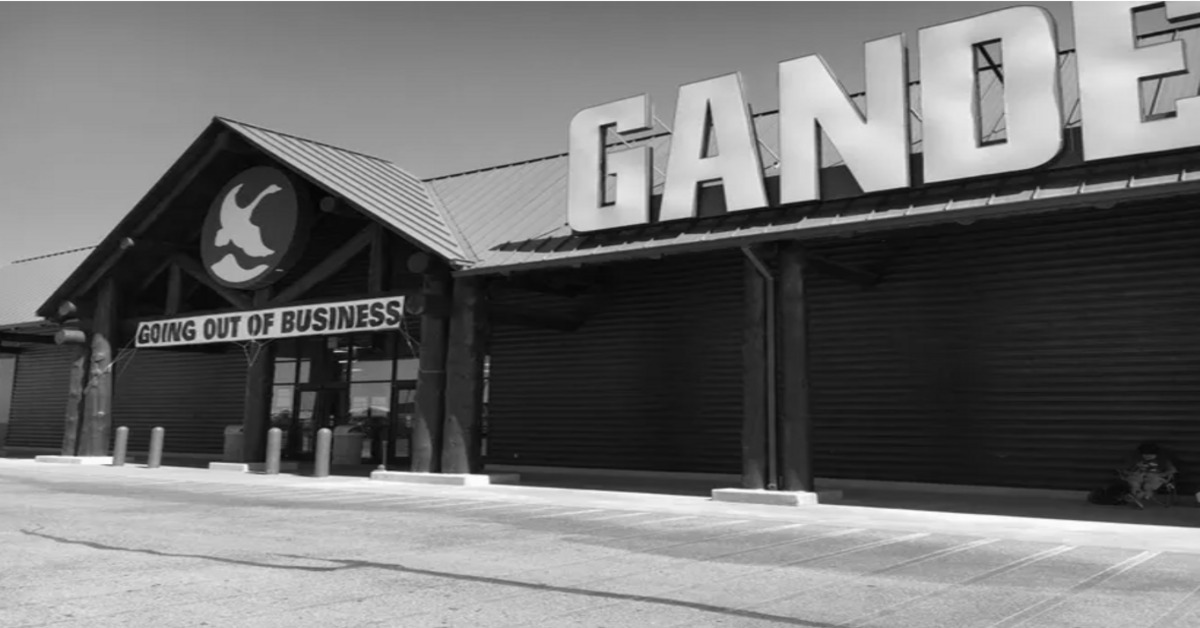Tree stands are a staple for hunters across the U.S., but they’re not always as safe as they should be. Every hunting season, accidents occur—sometimes because of human error, but often due to faulty designs that fail to account for real-world use.
One of the most notable cases involved Gander Mountain’s Hang-On Fixed Position Tree Stands, which were recalled after serious safety concerns.
From July 2008 to July 2009, Gander Mountain sold approximately 13,000 of these tree stands, designed by StrongBuilt in Louisiana and manufactured in China.
Priced affordably under $100, they featured wire mesh platforms, camouflaged seats, and the company’s logo.
Two models were involved in the recall: GMT101, a smaller version labeled “Steel Hang-On with Footrest” sold for $60, and GMT103, a larger version sold for $80. Both models had similar features but differed in size and price.
What Led to Gander Mountain’s Decline?
The problem? A critical design flaw in the clasp mechanism. If the strap wasn’t fastened perfectly, the clasp could fail, causing the stand—and the hunter on it—to fall.
Unfortunately, these weren’t isolated incidents. Among the reported cases, two were especially severe: one hunter sustained unspecified injuries, while another suffered a broken pelvis and arm.
In response, the U.S. Consumer Product Safety Commission (CPSC) issued a recall on November 12, 2009, for the 2008 models.
Hunters were urged to stop using the tree stands immediately and return them to Gander Mountain for a refund or an exchange for the safer 2009 models.
The recall sparked significant backlash, both against Gander Mountain and Chinese manufacturing in general, with headlines like “Defective Imports from China” making waves.
Over time, Gander Mountain eventually closed its stores and website. While it’s unclear if the tree stand controversy contributed to the company’s decline, it highlighted a troubling gap in safety standards.
Lessons from the Gander Mountain Case
This incident serves as a wake-up call for both manufacturers and hunters.
Manufacturers must design products with a margin for human error, ensuring preventable injuries don’t occur. For hunters, it’s a reminder to prioritize safety, read instructions carefully, and invest in reliable gear.
The Gander Mountain case may be a cautionary tale, but it also emphasizes the importance of innovation and responsibility in hunting gear.
With better design and awareness, the industry can ensure a safer hunting experience for everyone.

